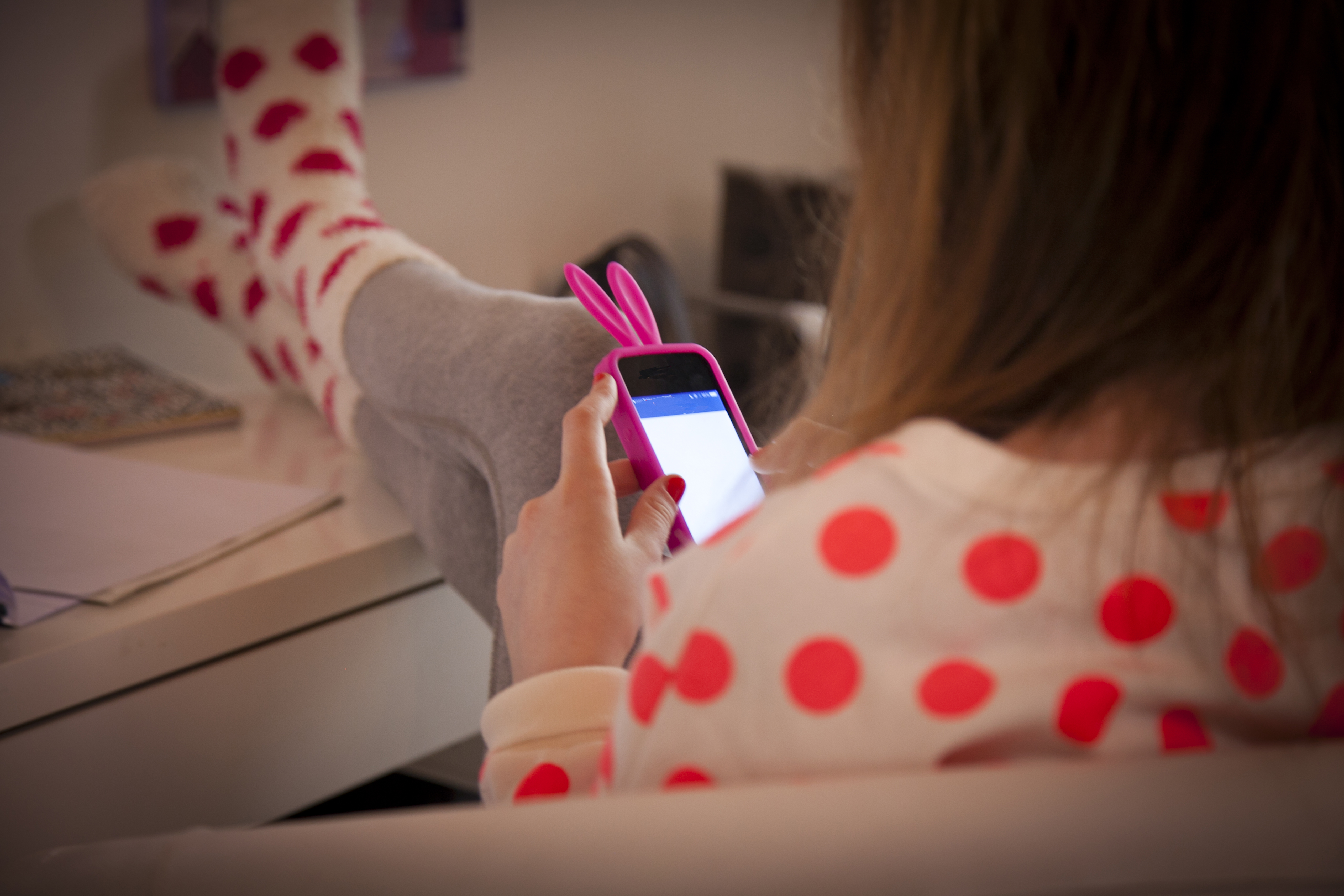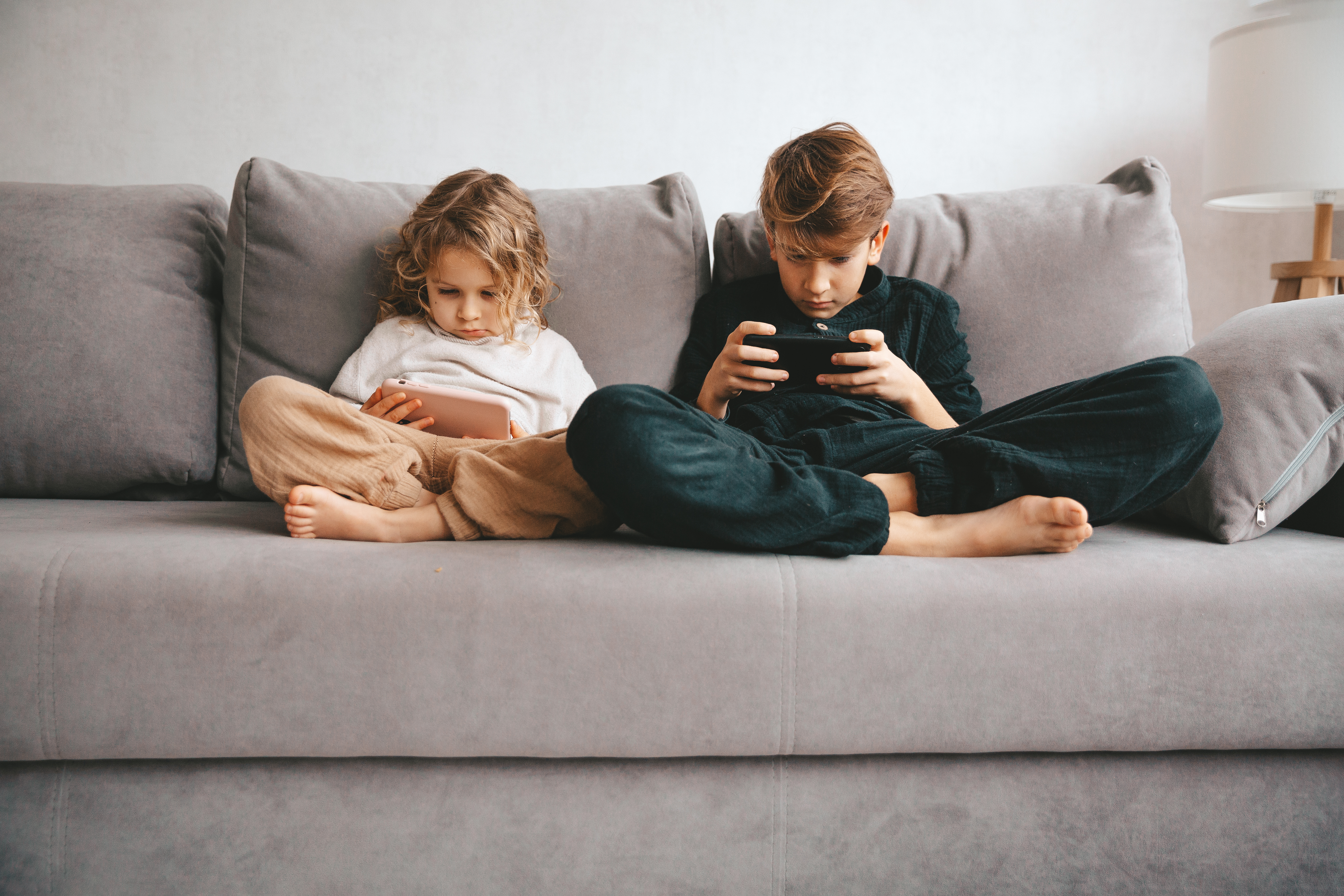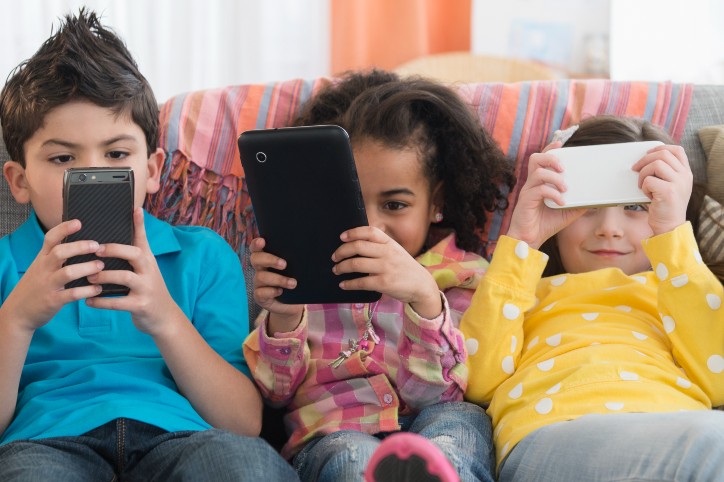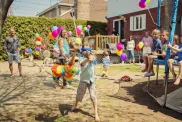My son was only a few months old when he started reaching for my phone – and screaming if I didn’t give it to him. He didn’t know what to do with it, of course, but he was nonetheless fascinated. How could he not be? Everyone around him is seemingly glued to their device.
“Much as we often find ourselves wishing that our kids weren’t always glued to their phones or tablets, the reality is that these days life does exist in both the real and digital spaces,” says Dr. Korey Sewell, founder of Hands-On Technology Education, a series of educational programs and fun activities. “What you want to do is help young people find a healthy way they can navigate both so that they can get the best experiences as they grow up.”
So how do we walk this careful balance? Keep reading for a look at Dr. Sewell’s expert tips.
Set the stage for kids to reflect on what they enjoy in both these areas
“The dinner table is always the best place to start conversations while everyone is relaxed and the family can catch up on what everyone is doing. So, at least once a week make a point of focusing on their ‘real life’ favorites as well as their ‘digital world’ ones. This will already build a sense that those are distinct experiences and kids will start to realize what they appreciate about both worlds in an easy-going environment. Real life examples can be favorite activities at school, jokes, funny moments or conversation with friends, while discussions on the digital world could be about show they watched, meme or video they saw or a video game they played (eg I beat level 5 yesterday!).”

Play an app-based family game
“A good example of this is Heads Up (downloadable on your phone) that involves live interaction with the whole family. These are super fun and can get everyone talking while using an app to help the game go forward! Another option would be getting the ‘Just Dance’ game on your favorite video game system and having a family dance party.”
Encourage kids to use the digital world to learn or build something cool with their own hands
“For my daughter, this is a drawing tutorial from YouTube. For my son, this is a sesame chicken recipe from TikTok or learning how to make a movie of his video game adventures through a YouTube tutorial. This gives them the sense that these are tools that they can use to do something productive or fun in real life.”

As painful as this may seem to some young ones, it is beneficial to dedicate certain times as screen-free
“In our house, weekday mornings through 8am are for strictly for preparing for the day, getting dressed and ready for school, eating breakfast and talking to family in the car on the way to school. Then, before we end the day, we go screen-free again at 8pm so we can go to bed on time and in good spirits! I’ve also assigned weekend mornings screen-free until 12pm (lunch time), to encourage kids to make sure we clean our rooms, do laundry, play with siblings or play outside BEFORE they dive into their digital worlds. This not only provides discipline but makes sure they are just as present when they’re doing real world activities.”
Turn Taking
“You can do this by striking a deal with them by maybe first participating with whatever their on-screen likes are. Tell them, ‘I’ll do what you like to do first like video games, Netflix movie, etc.’ And then next time, it’s their turn to do something you suggest – like planting in the backyard, kicking the soccer ball or whatever activity you want to expose them to.”
In the end it’s clear that the digital world offers a never-ending source of learning opportunities as well as distractions. It’s up to us as parents to encourage kids to try new things off-screen.








